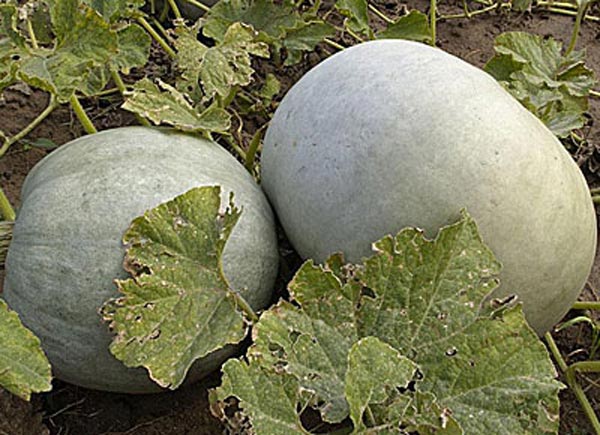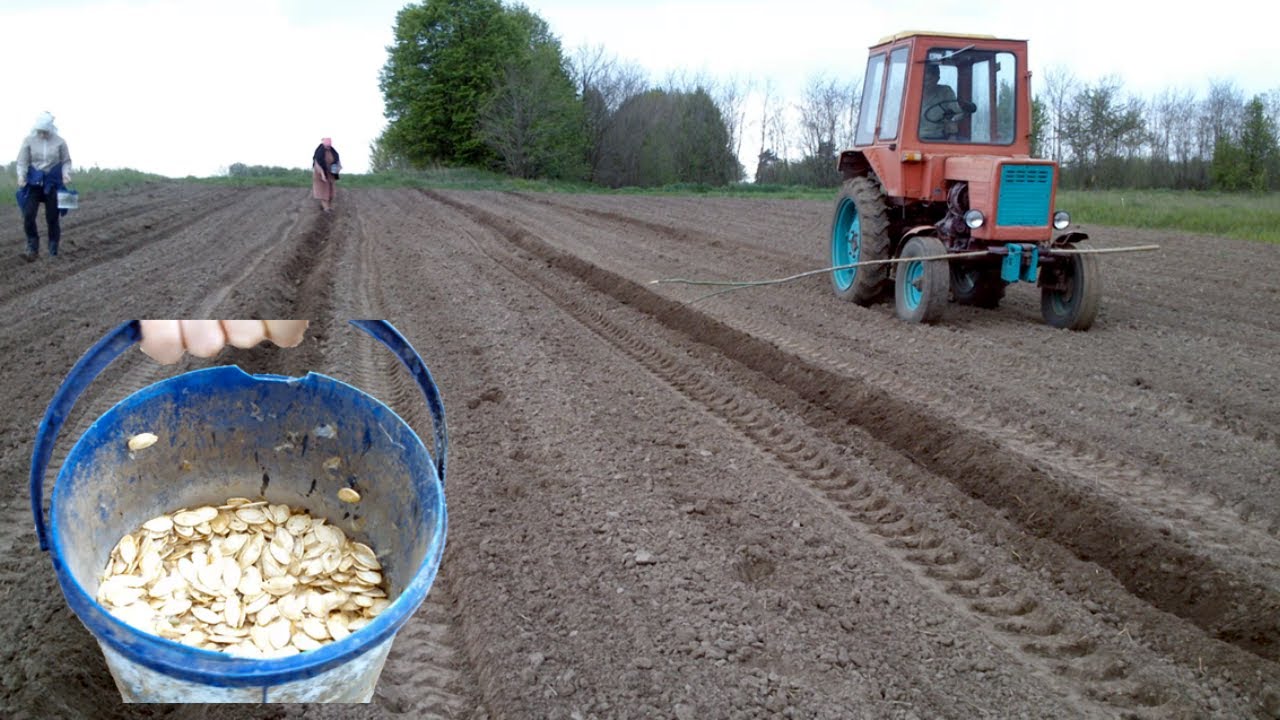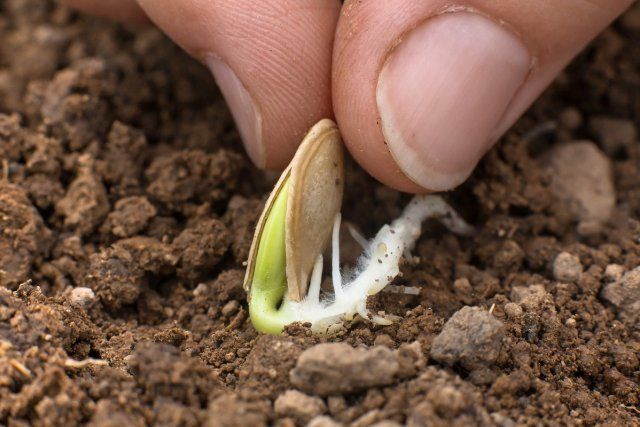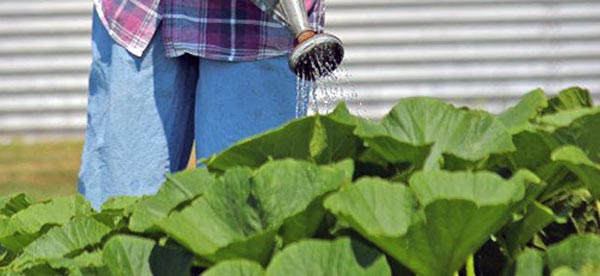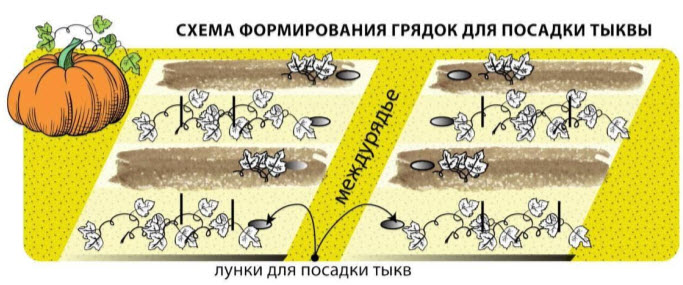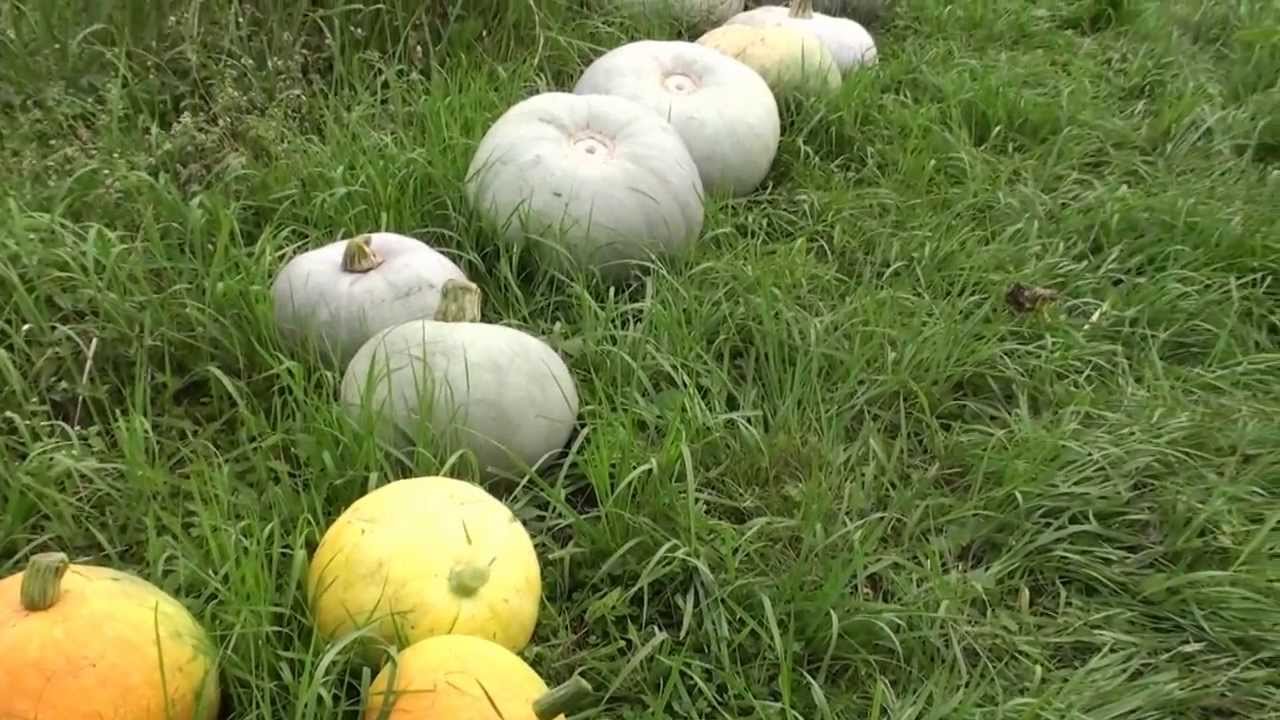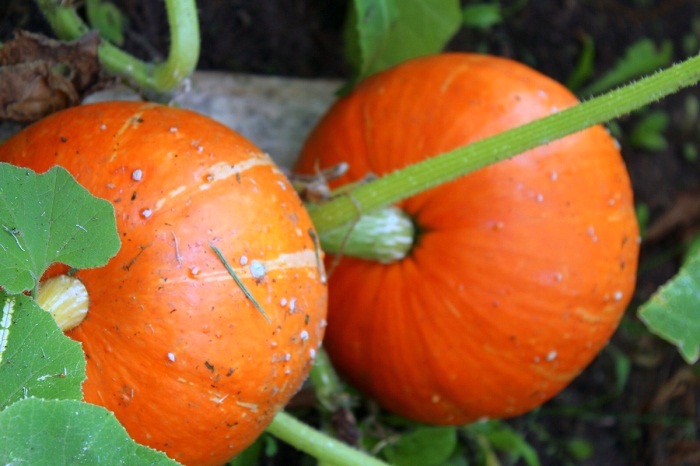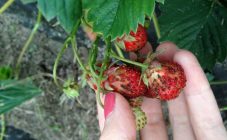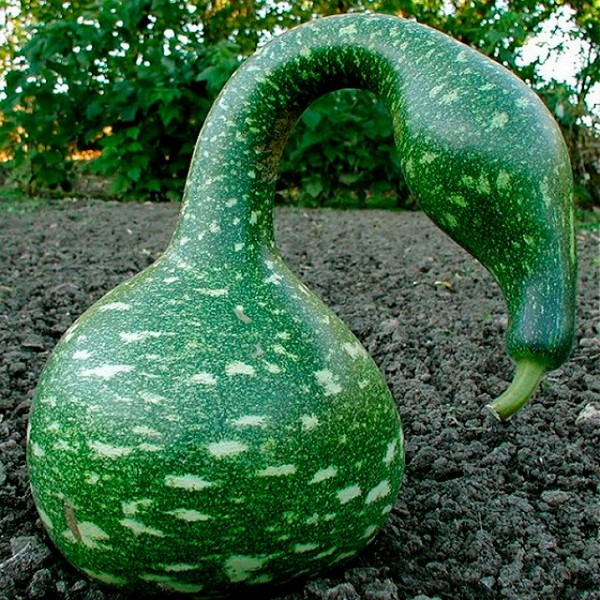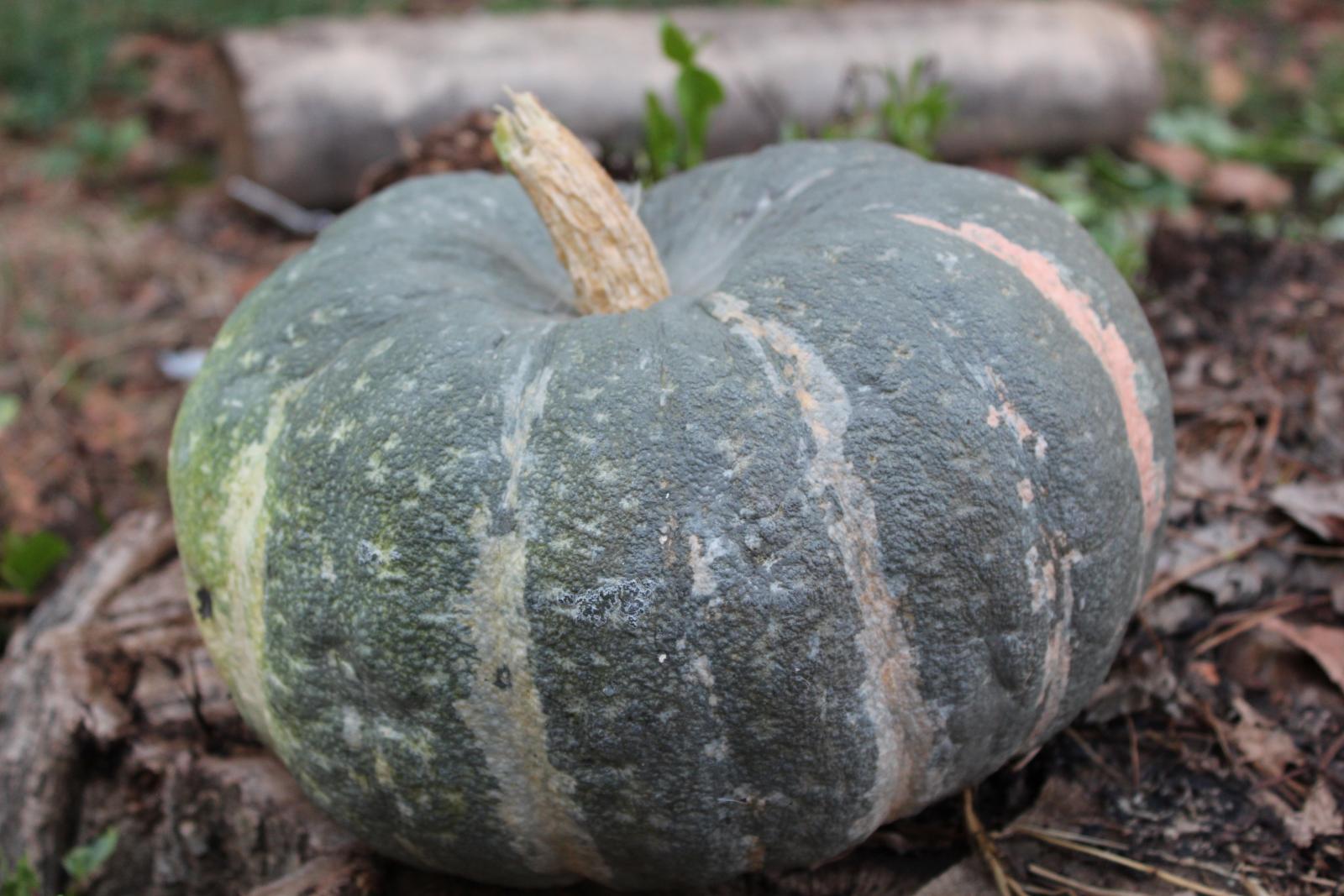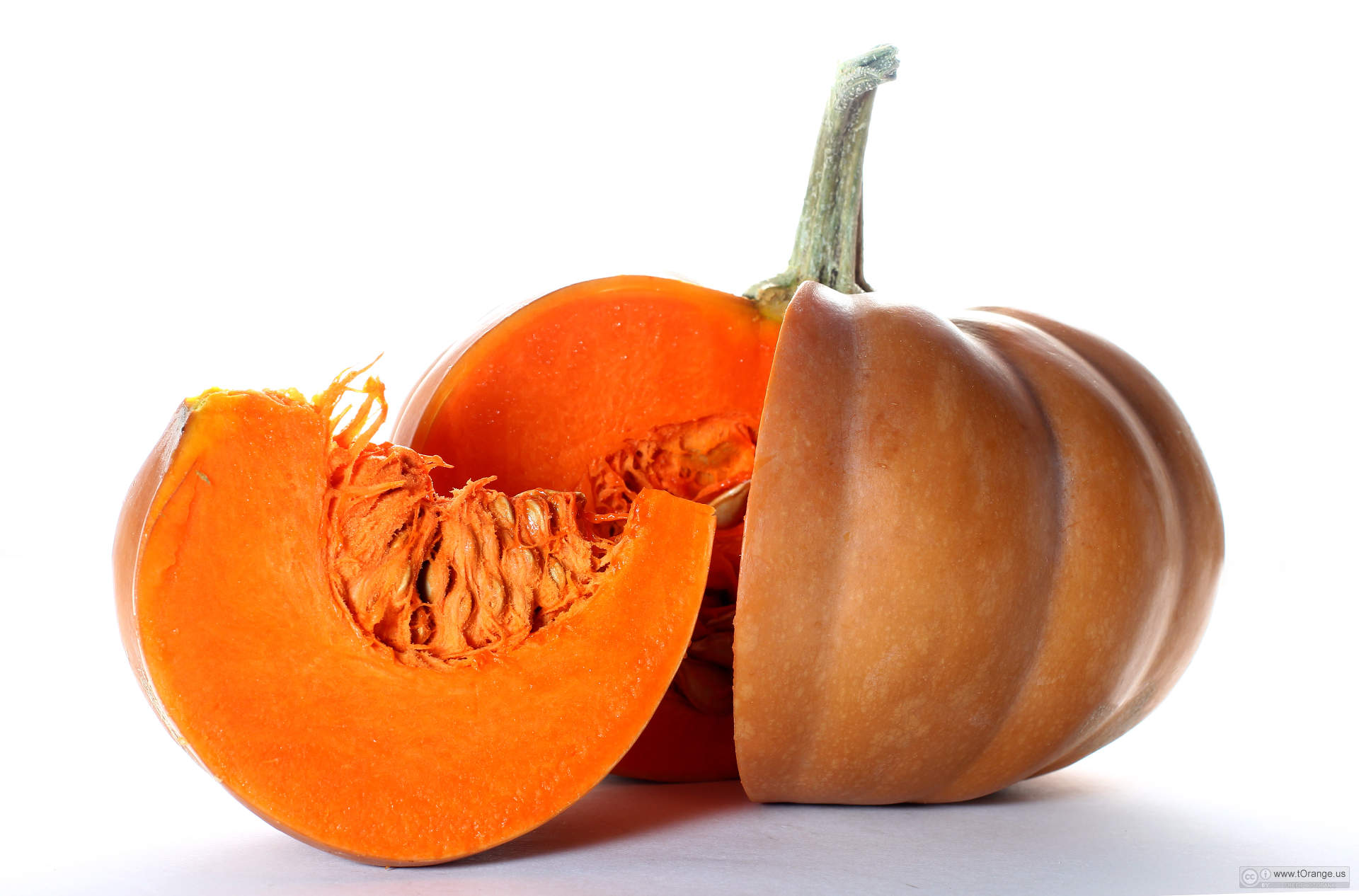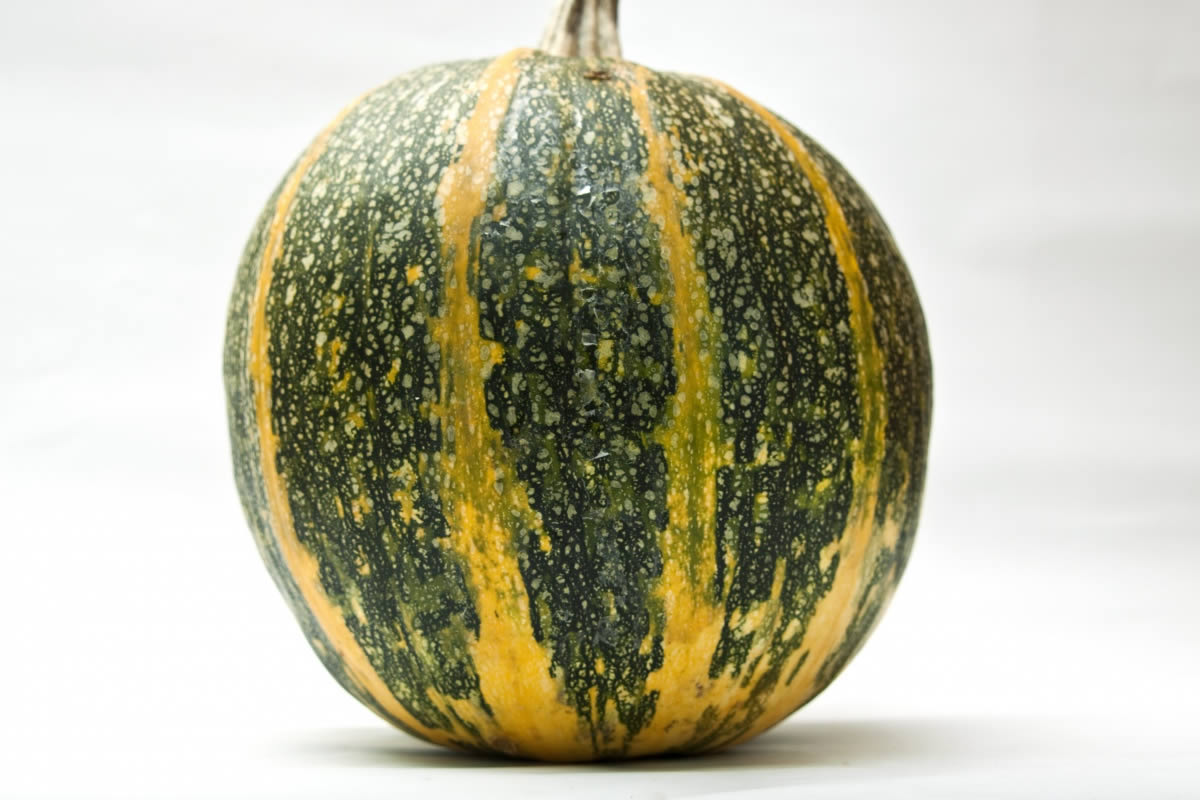Content:
Among all vegetable crops, pumpkin is the largest vegetable in the world. Fruit weight and yield depends on climatic conditions. Before deciding which variety to choose for planting in your summer cottage, you should take a closer look at the Gray Volga beauty, which has a lot of positive reviews from gardeners.
Characteristics and description of the variety
Volzhskaya gray pumpkin has gained great popularity among the owners of summer cottages. If all growing conditions are met, fruits weighing about 20 kg are obtained, but on average, pumpkins weigh about two times less. Vegetables have a rounded shape and a slight flattening in the upper and lower parts, the peel is very strong, has a gray color without a pattern.
The dense skin provides natural protection for the fetus during transport and storage. It is worth noting that this variety is practically not rotting, even if it lies on wet soil in the garden.
For cultivation, you can use seedlings or seeds. The latter method is most convenient in the southern regions. Climatic conditions make it possible to plant seed directly into the soil, before the start of frost the crop has time to ripen, it takes from 90 to 120 days.
The resulting harvest can be used to prepare meals for children or diet food.
How to grow
Like all other varieties for the Volga gray pumpkin, fertile, non-acidic, light soil is considered the most ideal. Loams and sandy loams are great for planting, the main thing is not to forget about fertilizers.
Some vegetable growers plant crops directly in compost heaps, but here you should be aware that after harvesting, compost cannot be used for fertilization, because planting uses all substances valuable to the plant.
Choosing a landing site
For planting, choose sunny places or a little shade. In autumn or spring, beds are chosen that are located on a flat, sunny area, a slight slope is allowed. During digging, fertilizers are applied, both organic and mineral. Seed material that has been trained is placed in holes to a depth of no more than 10 cm; by the time of planting, the soil should warm up to +15 degrees.
It is recommended to plant the pumpkin away from tall, upright crops that may begin to use new neighbors as supports. The distance between the holes is 0.6 - 0.8 meters, a couple of seeds are placed in each. After the shoots appear, it is necessary to make a pick and remove the weak shoots, leaving the most powerful ones.
Seedlings are planted in a similar way, you can transfer it to open ground after 30 days from the moment the plants appear.
Subtleties of care
The preparation of seedlings begins in March-April, these periods are considered optimal for planting a crop with the onset of warmth. Warm water is used for irrigation, it is especially important not to forget about this at the time of the appearance of flowers and fruit ovaries.
The number of waterings is reduced gradually, and when the fruits ripen, they must be stopped.
The following types of fertilizers are used for young plants:
- herbal infusions;
- mullein solution;
- phosphorus;
- potassium;
- wood ash.
Phosphorus and potash fertilizers are applied when the fruits begin to ripen. Nitrogen fertilizers are also useful, but they need to be applied in limited quantities; an excess of such feeding leads to the growth of green mass and a decrease in yield.
The benefit of wood ash is that it is not only a top dressing, but also protection from harmful insects and microbes that carry diseases. Any kind of dressing is used once every 14 days, not more often.
The pumpkin needs to be shaped so that the shoots don't grow out of control. Otherwise, instead of harvest, you can get only tops and leaves. It is recommended to leave several lashes, so that each has a pair of fruits.
Of the emerging ovaries, it is necessary to leave the healthiest and most even ones. After the fruit ovary, a few leaves are left and the rest of the shoot is pinched. Thanks to this formation, the plant uses all its strength to ripen the largest fruits. Harvesting is done before the onset of frost.
How to get fruit guaranteed
Sometimes during the cultivation of pumpkin, the ovaries begin to rot. This phenomenon occurs when unsuccessful pollination of female flowers. There are many reasons why this happens, most often unfavorable weather conditions are to blame. On rainy and cloudy days, insects fly much less. Losing a crop is always unpleasant, especially when it comes to large-fruited late-ripening varieties.
To prevent such situations, flowers are artificially pollinated. In the first half of the day, when the female flowers bloom, you need to collect the male flowers, remove the petals and apply a few anthers to the pistil of the open female plant.
Giant pumpkin varieties often suffer from dampness in the soil and crop rotting begins. The easiest way to prevent such a nuisance is to install props on the ground, and put a thick sheet of plywood or several planks on top. The main thing is to start taking measures while the fruits are small, otherwise it is very easy to break off the stem of the plant at the moment when the pumpkin is transferred to the flooring.
Secrets of Successful Pumpkin Growing
To grow a good vegetable crop, it is recommended to observe the following conditions:
- Seed preparation. Most gardeners use seedlings when growing pumpkins, because there is a high risk that the seeds will not germinate in the ground if the soil does not warm up to a certain temperature. If it was decided to plant with seeds, work should not begin before summer; in the southern regions, planting begins in late spring. It is recommended to soak the seed material before hatching.
- Choosing a seat for landing. Preference is given to a bright and sunny area, because pumpkins are heat-loving crops. The soil should be fertile and light.Particular attention should be paid to the area of the garden, the pumpkin will need a lot of space so that all the shoots can be freely placed and they are not constrained by other plants.
- Correct sowing of seed. The holes in the ground are prepared in advance, the depth is about 5 cm. The seeds can be buried in any edge, but the planting is done from the center to the edges. A free space of at least 2 meters must be left between future plants.
- Fertilization. After sowing, it is recommended to use a thin compost layer to cover the seeds or rotted manure. This method allows you to provide the future pumpkin with valuable components, and at the same time to restrain the growth of weeds for some time. Some farmers put fertilizer under the holes where the seeds will be planted, but such work must be carried out several days before the sowing date.
- Care. After about 14 days, the first sprouts will begin to appear, at this time you must not forget about watering. All pits are poured so that the liquid reaches the root system. Here you need to be careful not to fill in the leaves. Watering is needed at the time of the complete drying of the topsoil. Plants stop watering 2 weeks before the planned harvest date.
- Removing excess fruits. Such a measure promotes the cultivation of large pumpkins. Numerous ovaries lead to the fact that the plant loses strength and the fruits are very small. It is recommended to leave several pumpkins, which are located as close as possible to the root.
- Weed and disease control.
Harvesting should begin after the stems have dried, when the fruits acquire a color corresponding to the varietal characteristics.
You don't have to spend a lot of effort to grow a pumpkin, but the benefits of this culture are simply invaluable. In another way, a wonderful vegetable can be called an orange doctor, which allows you to get rid of diseases that affect the eyes, skin, liver, kidneys. Pumpkin dishes are recommended for overweight, tuberculosis, hypertension.
